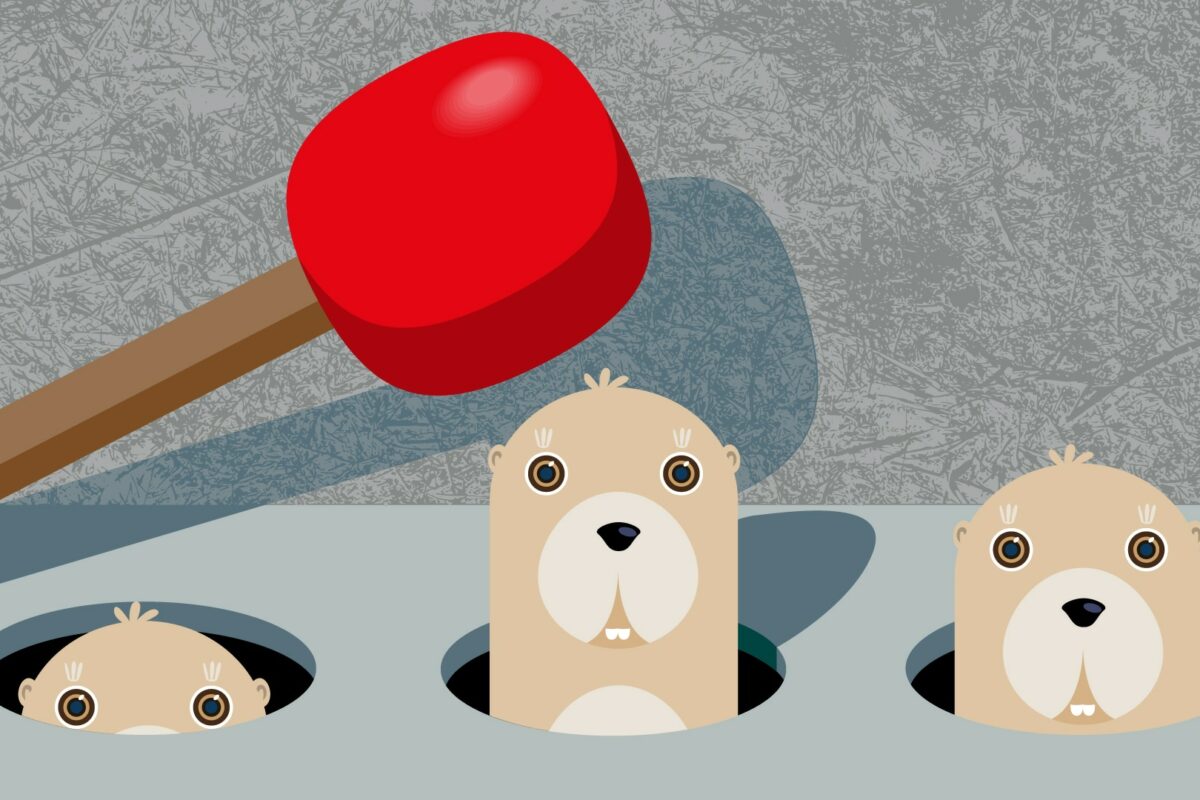The Real Purpose of Workplace Efficiency Isn't What You Think It Is
When I started my career, I quickly discovered that I had more to do than I could get done in a forty-hour workweek. So, I worked more hours. I got to the office at 5:00 a.m. and usually didn’t leave until 6:00 p.m.
I often worked on Saturday mornings and Sunday evenings, too. It wasn't unusual to put in sixty to seventy hours a week, or even more. But I still wasn’t getting enough done. So I figured I just needed to get more efficient.
I attended time-management seminars, read books on productivity, and bought a better paper planner. Yet that still wasn’t enough.
My professional life resembled a game of Whack-a-Mole. Every time I checked something off my to-do list, two more tasks popped up. I felt overwhelmed and discouraged. And I secretly began to wonder if the problem was just me.
Productivity problems
It wasn’t until many years later that I began to sort this all out. The problem was productivity itself, or rather how I tended to look at productivity at the time.
The old productivity paradigm was all about greater efficiency. How do you get more done in the same amount of time? It was the old factory model, applied everywhere. The goal was to increase throughput, rev up the line, speed the plow.
This model may work with machines, but it doesn’t work with humans. It crushes our spirits, leading to burnout or even worse. The Japanese even have a word for it: karoshi, or “death from overworking.”
Productivity and freedom
What I eventually discovered was that the only kind of productivity worth pursuing isn’t simply about getting more done. It’s about getting the right things done with a specific goal in mind. Ultimately, real productivity leads to greater freedom.

That’s right, the new paradigm for productivity is about more freedom. It’s about how you can get more done by working less, so you can enjoy life and invest in the people and priorities that matter most. Doesn’t that sound better?
Any productivity gains worth striving for—what I call “true productivity”—should help enable us to enjoy each of these four freedoms:
- The freedom to focus—where all the important work is done (hence the name of my Free to Focus™ course).
- The freedom to be present—instead of thinking about work or other things when you’re with your family.
-
The freedom to be spontaneous—to have room on your calendar for the fun and interesting opportunities that crop up.
-
The freedom to do nothing—to shrug off the unrelenting busy-ness of life and just be.
The Italians have a phrase for this last freedom: dolce far niente or “the sweetness of doing nothing.” I experienced this firsthand on my recent sabbatical to Italy.
Gail and I had three weeks, unplugged from the office. I didn’t check my email or Slack. I didn’t create a daily task list. I didn’t have any meetings to attend.
It was glorious. And it was only possible because of the freedom that real productivity makes possible.
Disclosure of Material Connection: Some of the links in the post above are “affiliate links.” This means if you click on the link and purchase the item, we will receive an affiliate commission. Regardless, we only recommend products or services we use and believe will add value to our readers. We are disclosing this in accordance with the Federal Trade Commission’s 16 CFR, Part 255: “Guides Concerning the Use of Endorsements and Testimonials in Advertising.









